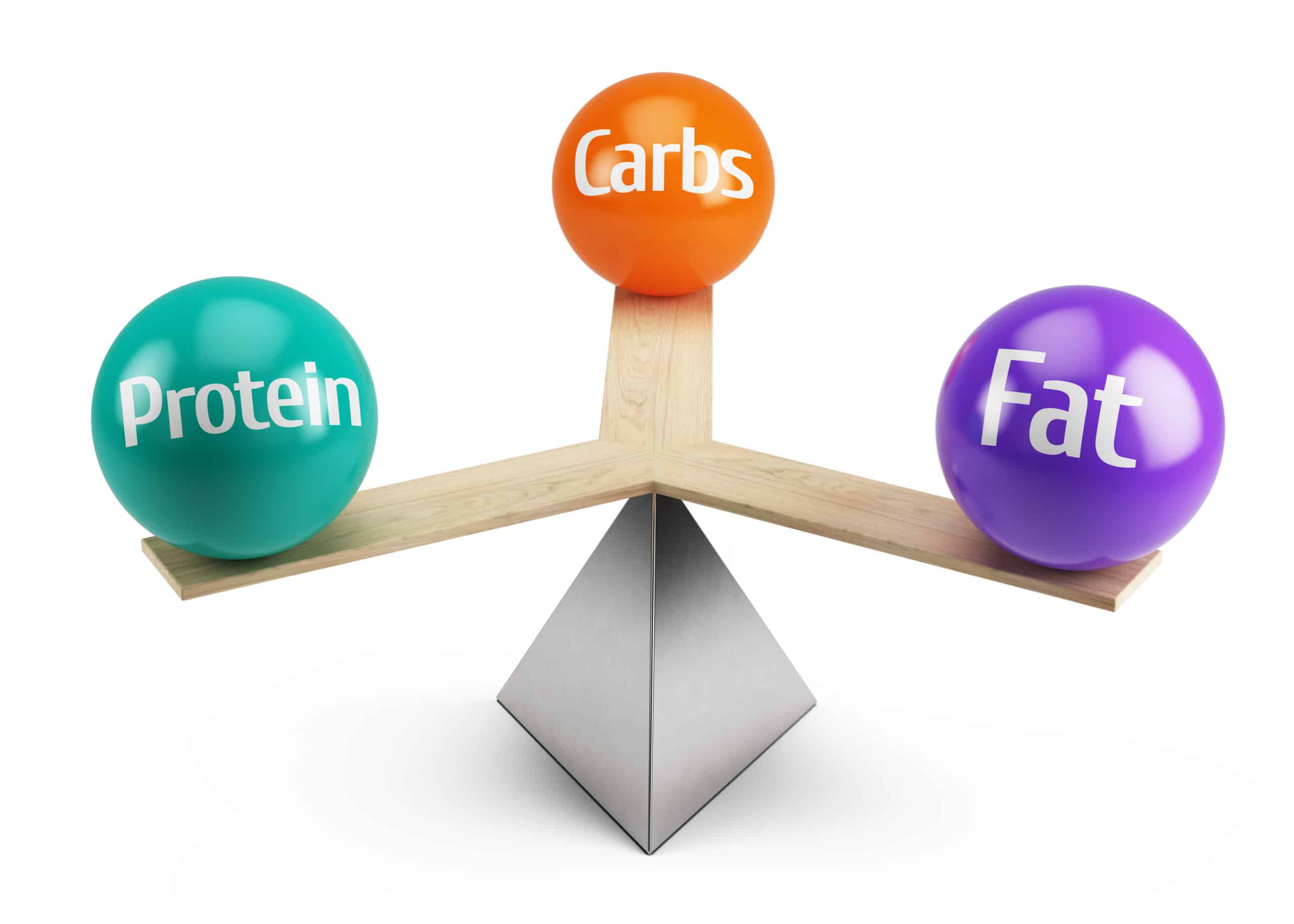Simple carbs are composed of easy-to-digest basic sugars which can be a source of energy, some of these sugars are naturally occurring while refined or processed sugars are often added to soda/pop, baked goods, and sweets. Refined carbs have been associated with health problems such as obesity, type 2 diabetes, and other chronic diseases.
Complex carbs found in legumes, starchy veggies, and whole grains contain chains of sugar molecules that take more time for the body to break down and use, this can provide a more consistent amount of energy. Studies on high-fiber carbs have shown that eating complex carbs is linked to improved metabolic health and a lower risk of disease.
Simple carbs are not always bad carbs, how bad or good they are depends on the source. For example, fruits and veggies are excellent sources of essential vitamins and minerals required for optimal health, but they also contain simple carbs that are composed of basic naturally occurring sugars.
What is important to note is that the simple carbs coming from fruits and vegetables are different from the simple carbs coming from baked goods, soda/pop, and sweets that are made with added refined sugars. The fiber in the produce changes the way the body processes these sugars and slows down their digestion making them act a bit more like complex carbs.
You may want to limit your diet to avoid the simple carbs found in soda/pop, candy, cookies, pastries, desserts, energy drinks, ice cream, and sweetened drinks. While they are fine to enjoy on occasion in moderation, it is very important to not make them a primary source of carbs.
Complex carbs often get referred to as being the good carbs because of the longer series of sugars that they are made of taking longer to break down, meaning that the body will have lower amounts of sugar released at a more consistent rate rather than highs and lows.
Foods containing complex carbs will typically have more fiber, vitamins, and minerals than foods containing more simple carbs, as long as you select whole-grain options over refined or processed ones. Quinoa, brown rice, oats, barley, and whole wheat flour can provide more nutrients than processed grains like pasta, baked goods made with white flour, and white rice.
Legumes, corn, potatoes, barley, brown rice, wild rice, quinoa, and whole wheat are examples of nutrient-dense complex carbs that can be part of a healthy and balanced diet.
When trying to figure out if a carb is good or bad, read the ingredient label to know exactly what you are about to buy, and remember that the higher in sugar content it is and the lower in fiber, vitamins and minerals it is the worse that food is for your overall health and well-being.
The glycemic index (GI) is now used by dietitians and nutritionists to help guide people about their food choices. This index tells you how quickly and how high blood sugar levels will increase after consuming carbs from foods as compared to pure sugar. Those with a high GI and those that are typically digested easily can cause levels to increase rapidly, while those with a low GI will digest more slowly, having the opposite effect.
The glycemic load (GL) factors in on how much carbohydrate is in the food. To get this number multiply the food’s GI number by the amount of carbs the food contains per serving and divide it by 100. 10 or less is low, 11-19 is medium, and 20 or higher is high.
Knowing the GI for a specific food is good for understanding how that item will affect your blood sugar levels, but it does not necessarily make a food healthy or unhealthy. For example, cantaloupe and watermelon have high GIs but they are both healthy foods. In foods that contain carbs that have a high GI if the amount of carbs is low then it will not have much of an impact, such as watermelon has a GI of 80 but a GL of only 5 because although they taste sweet it is mostly water.
The take from this is that not all carbs are bad for you and both simple and complex carbs can be part of a healthy diet. One just needs to be mindful about the type of carbs that are selected while trying to focus on healthier options such as fruits, veggies, and whole grains and skipping over the low-nutrient options to help provide the energy the body needs every day.




